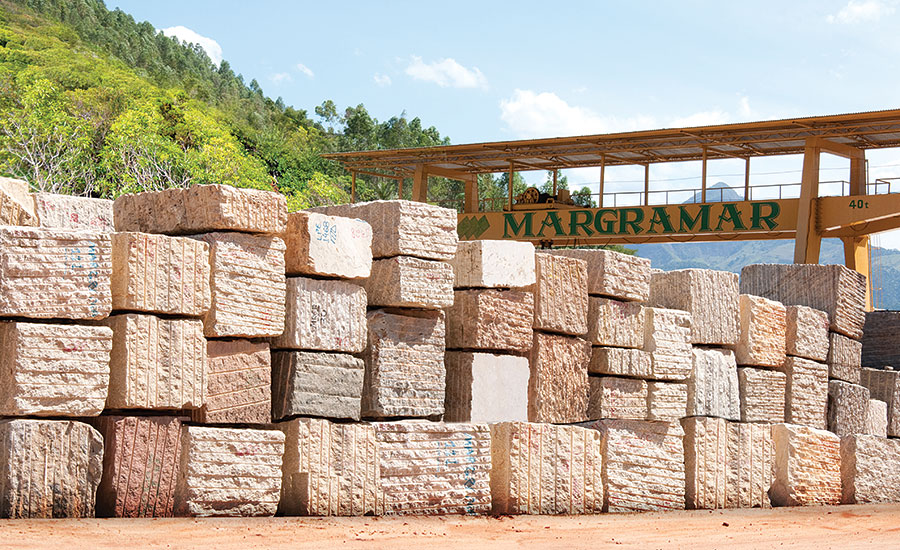Exploring Granite Quarries in South Africa: A Comprehensive Guide
Unearthing the Rich Background and Sustainable Practices of Granite Quarrying
As we stand on the precipice of discovering the elaborate tapestry of granite quarrying, a trip through time exposes not just the physical act of drawing out rock however additionally the cultural and historical value woven into the extremely fabric of this method. From the old beginnings that laid the foundation for modern-day quarrying techniques to the lasting techniques that are shaping the future of this industry, each sculpt mark on granite surface areas tells a tale waiting to be uncovered (granite quarries in south africa). The legacy of granite quarrying stretches far past plain extraction; it is a testament to human resourcefulness, strength, and the enduring appeal of this marvelous stone
Ancient Origins of Granite Quarrying
Going back to old people, the method of quarrying granite has actually been an important part of human history and building improvement. The earliest proof of granite quarrying dates back to ancient Egypt, where massive pyramids and detailed sculptures were crafted from this sturdy stone. The Egyptians utilized primitive tools to draw out granite blocks from quarries, showcasing the importance of this material in their significant buildings.
Moving on in background, the Greeks likewise made substantial payments to the quarrying of granite. The Greeks made use of granite in numerous building wonders, such as holy places and sculptures, demonstrating their skill in shaping and carving this hardy rock. The Romans even more fine-tuned the methods of quarrying granite, utilizing innovative devices like blades and hammers to essence and shape granite for their renowned structures.
Through the centuries, the practice of quarrying granite has actually advanced, with modern innovations boosting effectiveness while preserving the timeless charm of this all-natural stone - granite quarries in south africa. From ancient worlds to contemporary contractors, the legacy of granite quarrying remains to form our world
Evolution of Quarrying Techniques
The advancement of quarrying techniques has actually been marked by a continuous development in the direction of higher efficiency and accuracy in removing granite. Early quarrying methods involved hands-on labor with standard tools such as blades, hammers, and wedges to draw out granite blocks from the earth.
In even more recent times, the arrival of machinery changed the quarrying industry, enabling quicker removal rates and boosted productivity. Technologies such as diamond cable saws, high-pressure water jets, and pneumatic drills have ended up being basic in contemporary quarries, permitting for exact cutting and decreased waste. In addition, advancements in computer-controlled devices and 3D modeling have actually maximized quarrying procedures, leading to very little ecological influence and improved sustainability practices. As the need for granite remains to climb, the evolution of quarrying techniques continues to be integral to meeting industry needs efficiently and sustainably.
Social Importance of Granite
Granite holds an extensive social relevance across numerous people due to its enduring visibility in architectural work of arts and revered monoliths. The cultural value of granite prolongs past its physical features; it symbolizes resilience, stability, and eternity, making it a sign of enduring legacies and customs.

Lasting Practices in Quarrying
Amidst the rich background of granite quarrying and its cultural significance lies an expanding focus on sustainable methods within the sector. As directory ecological awareness and worries regarding source depletion have actually heightened around the world, the quarrying sector has progressively embraced lasting techniques to reduce its influence on the atmosphere and surrounding areas.

Furthermore, recovery and rehab of quarry websites post-extraction are important to sustainable practices. By recovering quarried locations to an all-natural or beneficial state, such as creating wild animals environments or recreational rooms, quarriers can offset the environmental footprint of their procedures and add favorably to the regional ecosystem.
Legacy of Granite Quarrying
With a historic background soaked in workmanship and commercial progression, what sustaining effect has granite quarrying left on the landscape of modern culture? The legacy of granite quarrying goes beyond plain extraction practices; it has actually formed architectural wonders, city landscapes, and social heritage worldwide. The long lasting nature of granite has made it a preferred web link choice for monuments, structures, and infrastructure, standing as a testament to the skill and virtuosity of quarry workers throughout generations.
Moreover, the economic impact of granite quarrying can not be ignored. The industry remains to give job opportunity and drive local economic climates in regions where granite removal is common. It has additionally stimulated technological developments in quarrying techniques and devices, leading to much more efficient and lasting methods.
In terms of sustainability, the legacy of granite quarrying consists of initiatives to reduce environmental effects through recovery jobs and accountable resource administration. By stabilizing financial rate of interests with ecological stewardship, the industry aims to make sure that future generations can remain to take advantage of this enduring discover this natural deposit.
Verdict
